Introduction
Higher education institutions have special information technology needs. Their networks, data, and applications must be equally accessible to both their staff, faculty, and students, but with different permissions and front-ends. This makes maintaining and updating systems and applications difficult and time-consuming. You also must make sure that your applications do not go offline for long. Students and faculty need access to their files with little downtime and no errors. Fortunately, there are three ways to do this. Your institution's enterprise application integration (EAI) strategy will depend on your needs and requirements.
The following lists several components of a successful integration project. While higher education institutions have special needs, these components work well for most non-educational organizations as well. We recommend that you read each section and evaluate your situation accordingly.
1. Identify Your Integration Landscape
CRM solutions such as Salesforce HEDA are not new to higher education. Most institutions only use them for recruiting and advancement. They just rarely integrate the tools into the rest of their network. Salesforce for Higher Education can help you manage your relationships and collaborations with your constituents. However, building a robust CRM system takes more than just the right software. You also need the right business plan in place for a successful implementation, and that requires knowing what you need and where you need it.
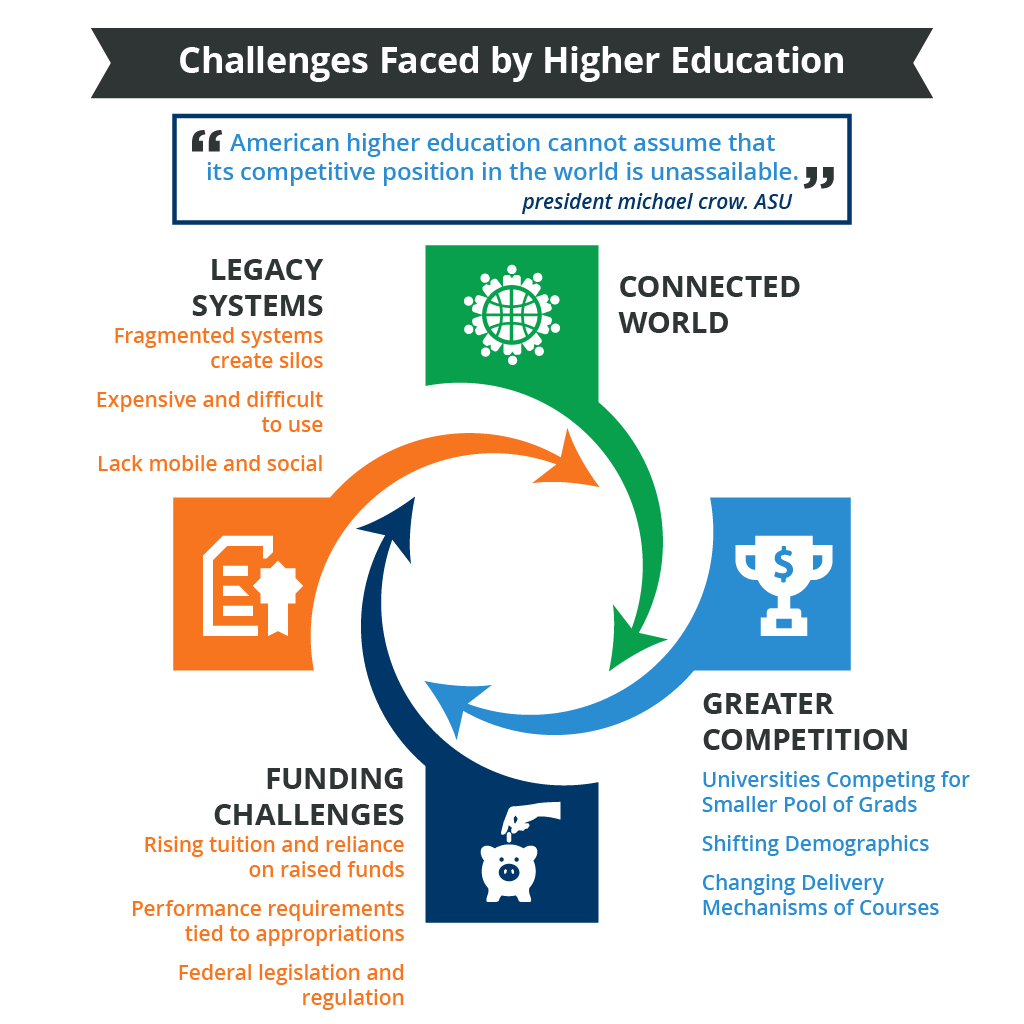
That means that before you can do anything you must understand what you are up against. Every integration type can work, but only if you apply them to their appropriate situation. To know yours, you must take a hard look at your current infrastructure and needs. This will require gathering information on how your institution functions from every department as well as from your student. You want to know how they do business, what's essential, and, perhaps more importantly, what's not.
Most integration projects only deal with the data level. If that is the case for you, then you mostly want to know how each department uses data, why they use that data, where they send it once they are done with it, as well as what information you need to be stored in the databases scattered around your campus.
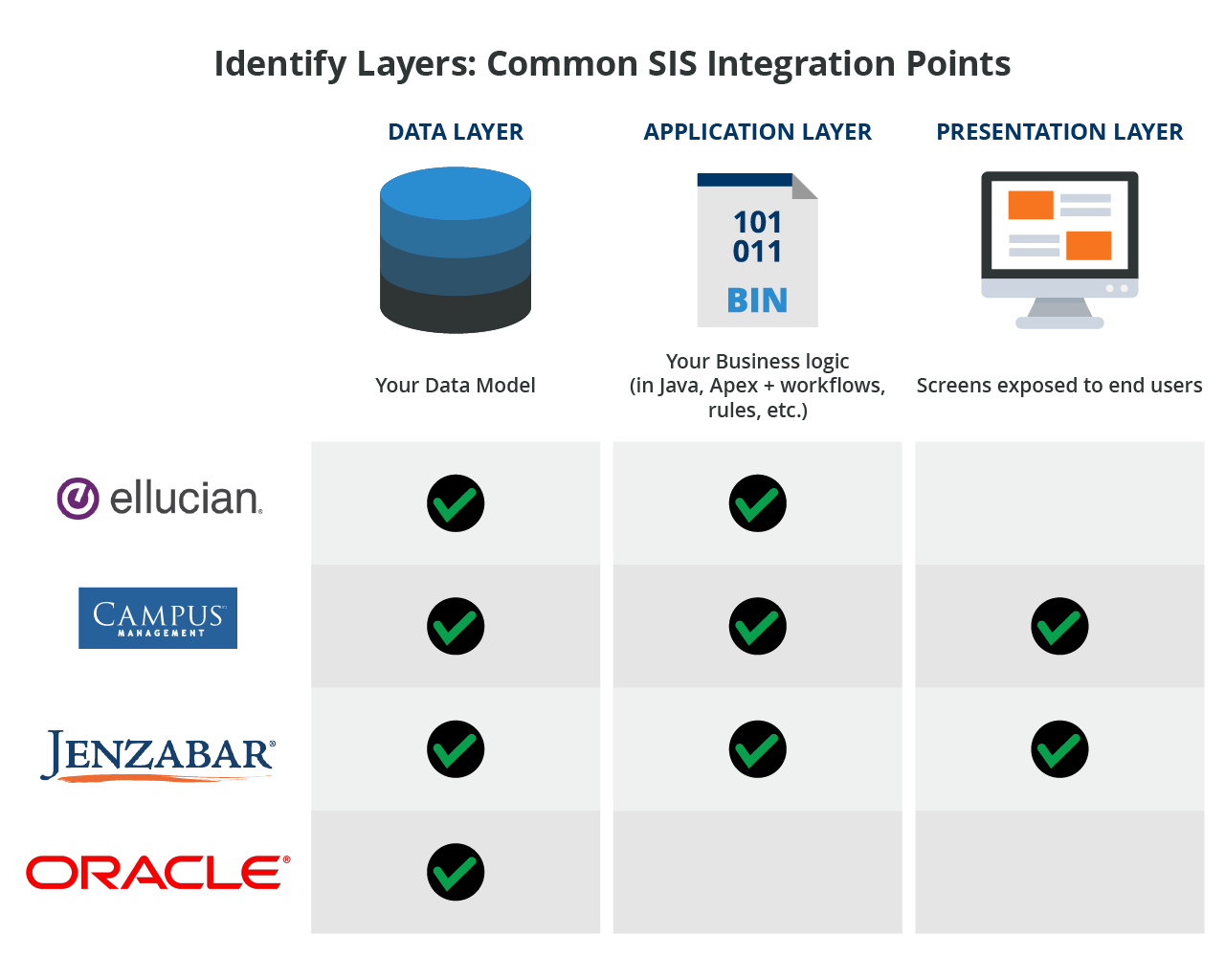
Understanding your data will lead you to an understanding of the processes involved, including your business and campus models. Much of your integration success will depend on your business model approach and this comes from an understanding of your pre-existing infrastructure, what the new applications offer and how they interact with it.
2. Choose an Enterprise Application Integration Approach
Your business model and approach will determine what type of integration you should have. Integration usually comes in three different forms for different use scenarios:
- Custom in-house solutions
- Using a bridge application
- Establish a universal data platform
Designing your own integration infrastructure is always an option, but we cannot recommend it to most institutions. It doubles the complexity and maintenance costs of your network for little benefit, leading to potentially severe downtimes, security breaches, and data losses, especially if your vendors make any unexpected changes. However, sometimes a custom solution is all you can do, such as when your school uses Banner as your SIS.
Most institutions will use middleware applications to link new enterprise applications with their existing infrastructure. Middleware works well when you want local control over your data. It gives your IT staff more work, but they get to control what systems and application can interact with your data.
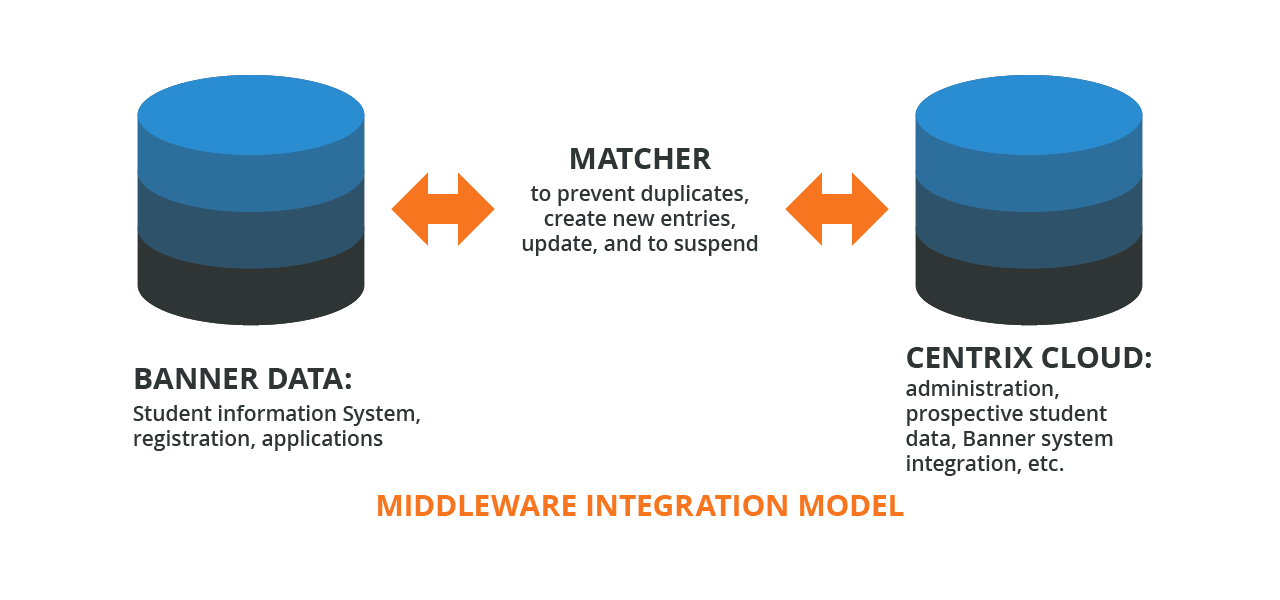
Universal data platforms are the other common integration method. Data platforms are single monolithic databases, located either on-premise or in the cloud, normalized to present all the student information your institution has. There are two schools of thought here. The first more traditional one says your student information system (SIS) should be the central database. The other view suggests that ongoing student engagement should take the center stage.
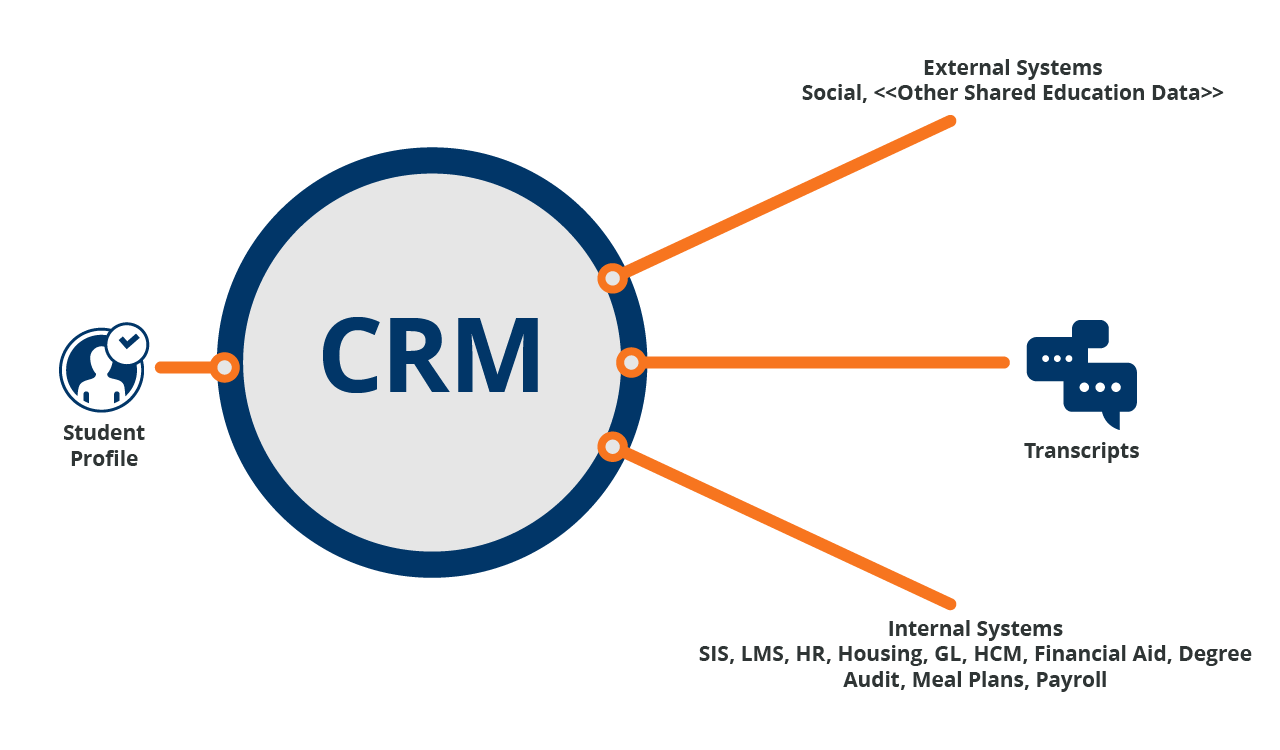
Salesforce for Higher Education (HEDA) works well either as a middleware, as your key data platform, or both. You will just need the right features installed. There is no right or wrong solution here. Your success will depend on your choice of method, your current infrastructure and network, and the CRM features you need and want for your school. Either way, we suggest that you choose your institution's integration approach wisely so you can effectively plan around it.
3. Establish an Integration Plan and Strategy
With an approach in hand, you can start planning for the actual integration. You should plan and strategize based on how the integration will improve your students' success. Your institution's reputation is based on this, so it is always a good idea to maximize what you can do for your students. Your integration strategy should seek to improve student engagement with the system, either to access their student accounts, complete homework assignments, or anything else they might need.
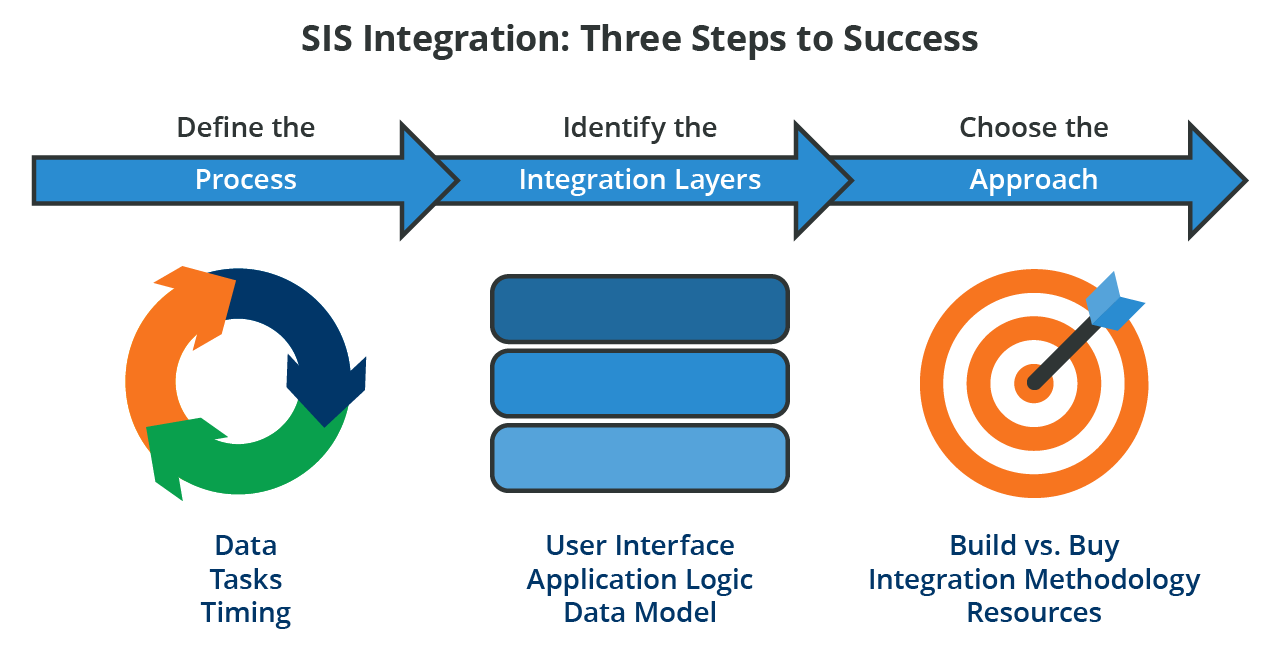
Through it all, you must include your IT staff in your plan. Your IT team's mission is to meet as much of your plan’s goals as possible. Therefore, you should plan around what they can do and when. It can help you devise an enterprise application integration strategy that will work for you and your university's goals. Achieve these goals by using Salesforce Education Cloud - it is designed with your needs in mind.
4. Apply the Technology
Now that you have a plan, strategy, and approach, you can start adding the new applications, such as Salesforce with DocuSign and Conga, to your system. You have a variety of technologies, including application servers, distributed objects, and message brokers to help you integrate applications. You should choose the ones that best meet your requirements. You should not fear to mix products and vendors to get the results you want. A single vendor will rarely offer everything your institution and students need.
This part should be the longest part of your integration projects. Choosing the right technology will take time and effort. You can modify every other aspect of your enterprise application integration, but once you choose your applications you must work around their API and limitations.
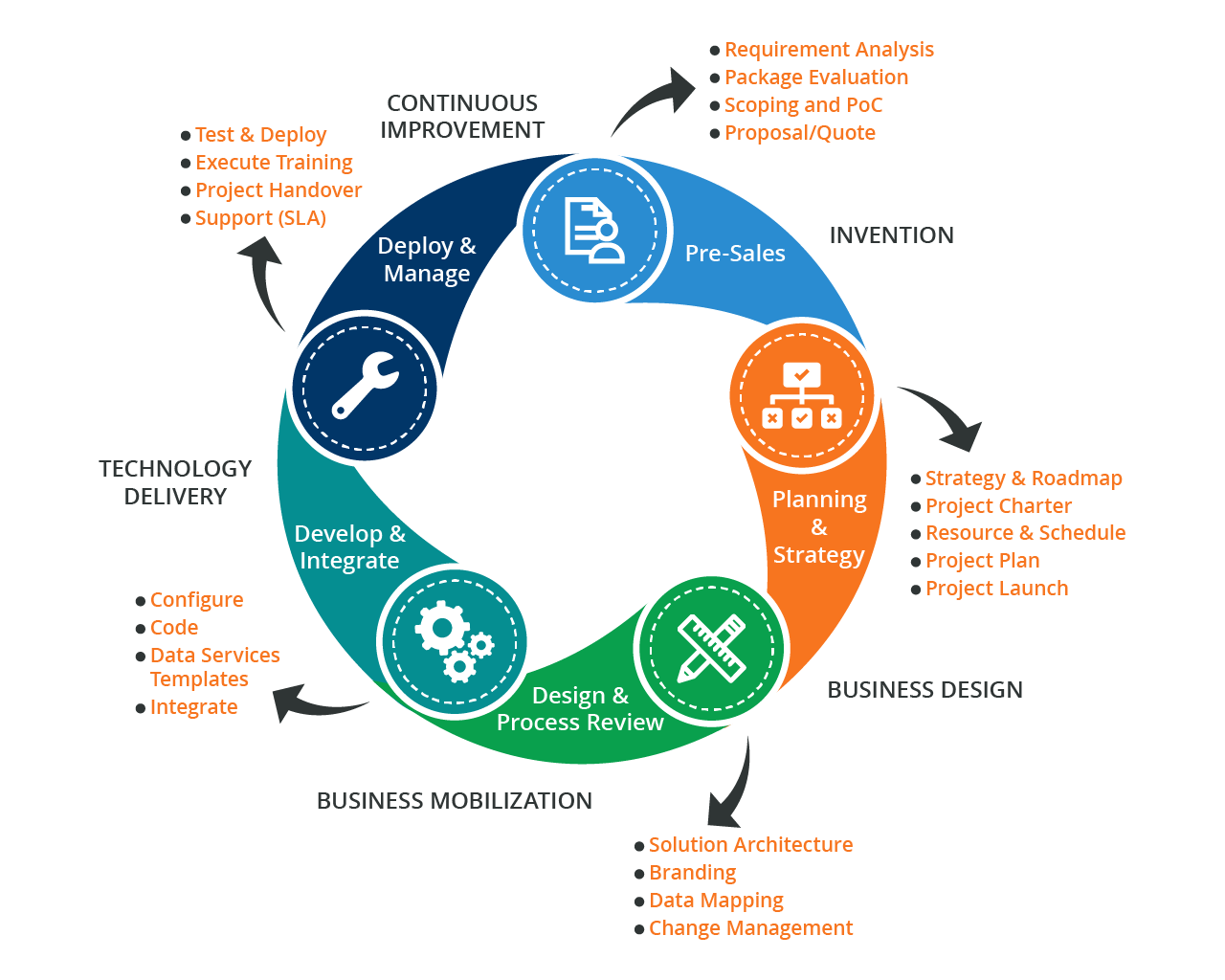
5. Test, Test, and Test More
Testing is the next phase. It is expensive, time-consuming, and thankless, but you must do it. If you do not test your integration properly, you will pay for it later with security breaches, maintenance downtimes, complaints from students, and a reduction in your institution's reputation. Thus, you should have a comprehensive testing plan. A test plan offers a step-by-step procedure on how and when you will test each component. We suggest that you start with business-critical systems that cannot have long downtimes.
6. Define Required Performance Limits
While most EAI solutions will not give you zero latency, you should get adequate response times, and these times should hold steady with an ever-increasing user and processing load. In other words, your EAI solution should scale. If your solution does not do this, you have more work to do. Your EAI solution must give you decent infrastructure performance along with the new technology.
7. Improve the Student Experience
With the hard part over, you can now determine how your EAI solution will bring value to your students and institution. New technology can streamline services for your students, creating "one-stop" solutions for services such as registration, financial aid, and student financial services. EAI can also provide advisors new insights into what each student needs to provide their application. For instance, reviewing a student's case history can trigger a Salesforce event that notifies the appropriate departments and the student so they can all work towards getting the student where they need to be. This helps to transform the student journey and drive student success and can be achieved using Salesforce Education Cloud and HEDA.
This can also lead to stronger student retention and engagements. You can use Salesforce for higher education to provide timely outreach to students that are to register for the next semester. The system can then track registrations and so advises which students are taking which classes or have yet to complete the registration process.
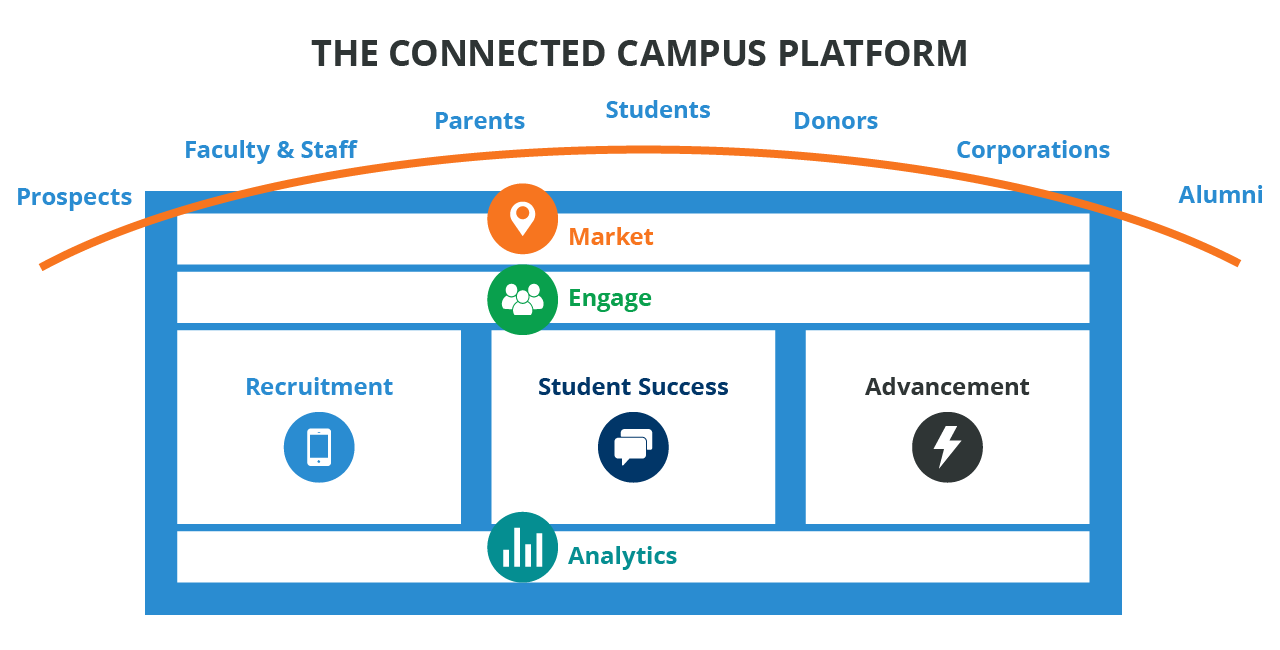
On top of that, you can allow career counselors to better manage student appointments as well as student and company participation. You can even manage student co-op and internship placements, build relationships with external organizations and track this information from a central location for the benefit of your students and your university.
Finally, you can use your new integrated solution to improve admissions and recruiting to find more qualified students. Salesforce for Education solution and other similar application can track and empower undergraduate and graduate admissions like any other marketing campaign. You can draw in data from several sources through data integration tools to establish, manage, and track recruiting campaigns as admissions events.
8. Establish Maintenance Procedures
Now that you know what your new solution will do, you can establish maintenance procedures around them. This is the last step in the EAI process, but not the least. You should consider how you will maintain things over time, who is responsible for each system, possible security issues, and how students and faculty will know about downtimes and maintenance events. This will include documenting all maintenance activities that must occur and sign them appropriately. Remember, your EAI solution will serve as the heart of your campus network, moving data and vital information between students, faculty, and mission-critical systems. Thus, any failures within it can shut down your entire school. Therefore, you might also want to develop disaster recovery plans while you conduct your EAI, So, you can be ready when problems do eventually occur
Conclusion
Enterprise applications integration does not have to be a nightmare. You can successfully add new technology such as Salesforce HEDA to your infrastructure to improve the lives of your students, faculty, and staff while maintaining your bottom line. This will help you to get a 360 degree view of student and alumni journeys all under one roof. With real-time reports and analytics, data available in one place, available at any time, you can expand your reach and uncover new opportunities with analytics through the power of Salesforce education cloud. Need help with your integration strategy? Contact our consultants and we will work with you to devise the perfect integration strategy, approach, and plan that will work with your budget and current infrastructure.

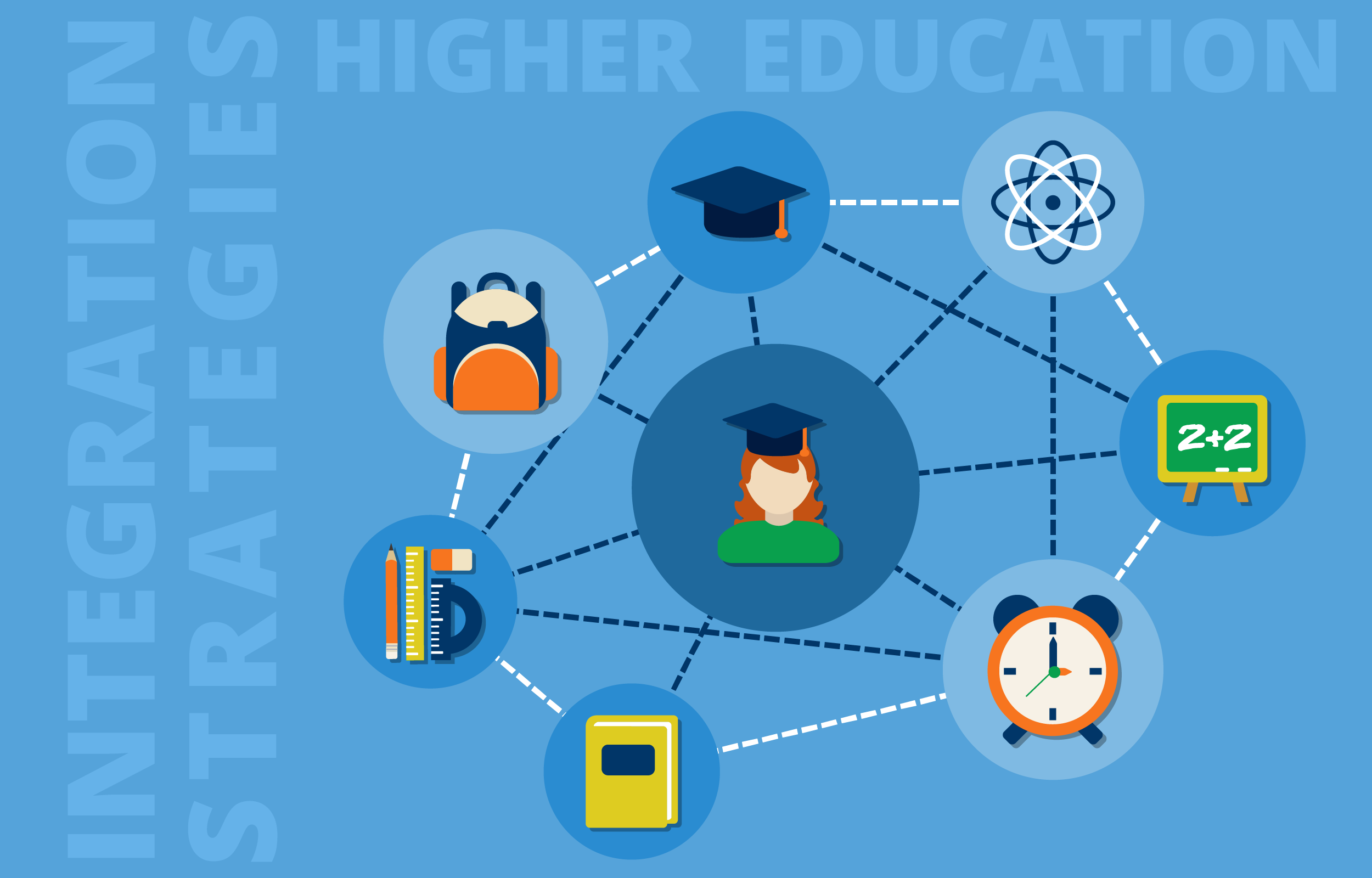

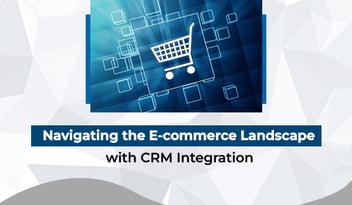
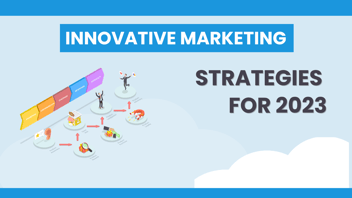
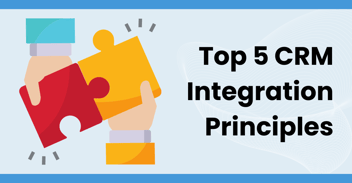
Leave a Comment